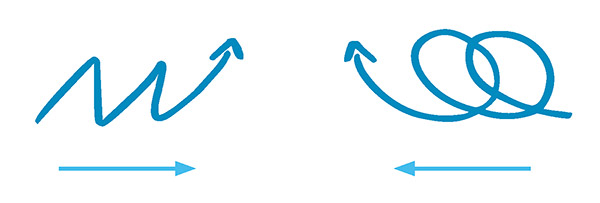Breast prostheses, reconstruction and healing
A breast prosthesis is designed to be the same shape as a natural breast. It can be used after a mastectomy to replace the shape of the breast that was removed. It looks like a natural breast when worn under clothing. Deciding to wear a prosthesis is a personal choice.
What is a temporary prosthesis?
- A temporary prosthesis is a soft, lightweight foam-filled breast form usually worn within a bra.
- It can be worn anytime after surgery.
- Temporary prostheses are available free of charge from the Canadian Cancer Society’s Peer Support Program. Call 1-888-939-3333 to have a prosthesis mailed to you. You will need to provide your bra’s cup size.
What is a permanent prosthesis?
- A permanent prosthesis is a breast form usually made of silicone that is meant to look and weigh like a natural breast.
- It is worn inside a mastectomy bra that has a pocket to hold the prosthesis in place.
- Wearing a permanent prosthesis can help prevent back and neck pain and problems with posture for women who have had a breast removed.
- This type of prosthesis needs to be specially fitted by a “fitter.” Nurses in the Breast Centre can provide you with a list of fitters.
- Permanent prostheses are available from mastectomy boutiques and certain surgical supply stores, bra stores and department stores.
- Wait until at least 6 weeks after surgery before you go for your final fitting for the prosthesis.
- A permanent prosthesis can cost between $350 and $500.
- The Ministry of Health and Long Term Care’s Assistive Devices Program (ADP) can provide a grant to help pay for a portion of the cost.
- If you have private health insurance, ask if your policy helps cover the cost of a permanent prosthesis or a mastectomy bra.
What is a custom breast prosthesis?
- A custom-made breast prosthesis is an alternative to permanent prosthesis.
- A cast of your breast and nipple is taken before surgery. From this cast, a lightweight prosthesis is made to fit closely against your chest wall after surgery.
- A custom prosthesis may cost approximately $5,000.
What about breast reconstruction?
- Breast reconstruction is done by a plastic surgeon and may be performed following breast cancer surgery.
- Breast reconstruction is covered by the Ontario Health Insurance Plan (OHIP). You do not have to pay for it.
- Breast reconstruction should be discussed with your surgeon, oncologist, nurse, or health care provider.
- For more information about breast reconstruction: www.breastreconstructioncanada.ca
How can I help the scar to heal?
- Scar massage helps to get rid of the sensitivity, tightness, and itchiness around the scar area.
- Scar massage also helps to soften and loosen the scar area so that you can move your shoulder better.
- You may begin scar massage 4 to 6 weeks following surgery after the incision has healed.
- Scar massage should be done for 2 to 3 minutes, 2 to 3 times a day.
- You will be taught how to perform scar massage during your post-operative follow up appointment with a physiotherapist or occupational therapist.
How do I do scar massage?
- Put 2 fingers or your thumb pad on the scar area.
- Move your fingers in an up and down zigzag pattern one way across the scar area and then move your fingers in circles the other way across the scar area.







